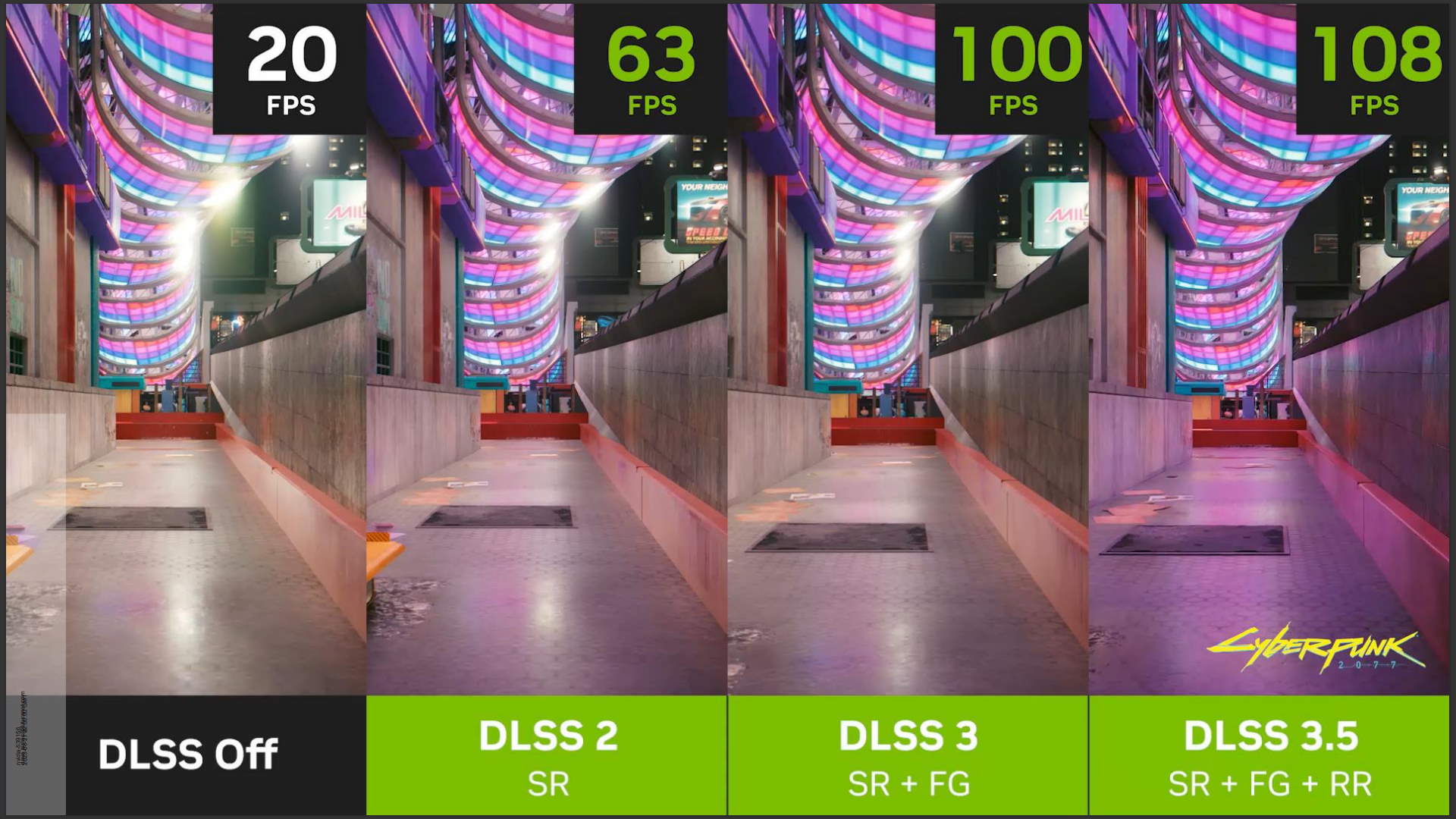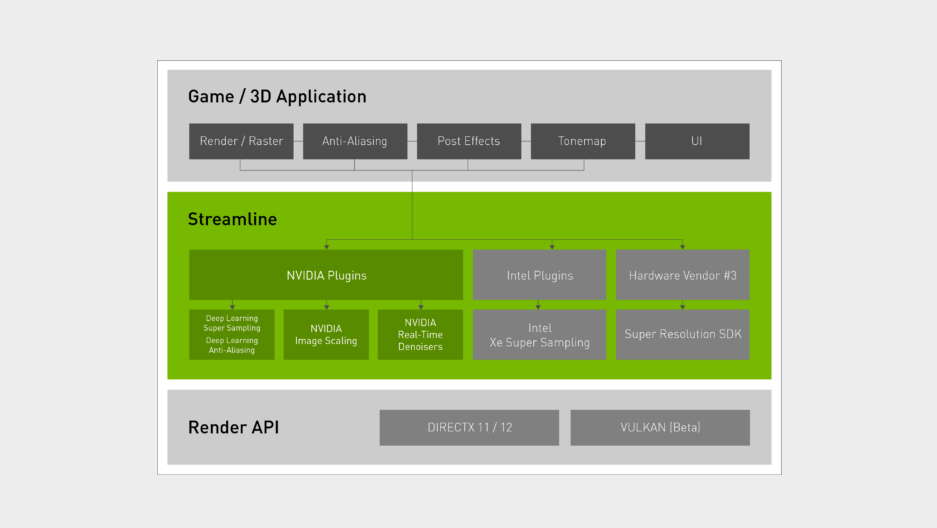Microsoft confirms DirectSR is the 'missing link', an API designed to ease the introduction of Nvidia, AMD, and Intel upscalers into DirectX games
It's true what they say, all jobs are easier when you have the right set of tools.

As this year's Game Developers Conference (GDC) fast approaches, we're starting to see teasers and previews of what might be discussed at the sessions beginning on March 18. We'd already spotted Microsoft's DirectX "State of the Union" and its announcement of a preview to something called DirectSR, which we speculated to be a new hardware-agnostic upscaler, and guess what? Microsoft has confirmed that this isn't quite the case, but something that might be even more useful.
In a post on the DirectX developer blog, Microsoft has discussed further details around DirectSR, describing it as "the missing link developers have been waiting for" in regards to integrating Super Resolution features (more generally referred to as upscalers) into DirectX games.
The new API has been designed in partnership with GPU hardware vendors and allows a single code path to activate a plethora of different upscaling solutions, including the big names you might expect: Nvidia DLSS, AMD FSR, and Intel XeSS are all mentioned as receiving support from the new API, which is said to be available soon in the Agility SDK for developers to test and provide feedback.
Upscaler implementation from multiple providers has sometimes been a patchy affair, with occasional anomalies such as the AMD-partnered Starfield only receiving FSR 3 and XeSS support months after launch, and then after a belated DLSS 3 integration, too.
Anything that allows a streamlining of the process to enable multiple upscalers to be more easily integrated into DirectX games strikes as an advantage not just for developers, but for anyone hoping for multiple upscaling options in new and hardware-demanding releases.

Nvidia took its own bite of this particular cherry back in 2022 with an open-source solution called Nvidia Streamline, which in this case acted as a plug-and-play solution to interface between a game and the rendering API and add upscalers into the rendering path, including both DirectX and Vulcan support.

Best CPU for gaming: The top chips from Intel and AMD.
Best gaming motherboard: The right boards.
Best graphics card: Your perfect pixel-pusher awaits.
Best SSD for gaming: Get into the game ahead of the rest.
However, because AMD didn't add FSR support (despite the door being left open for it as 'Hardware Vendor #3' in the open-source app), many developers chose to simply use the DLSS API by itself.
The biggest gaming news, reviews and hardware deals
Keep up to date with the most important stories and the best deals, as picked by the PC Gamer team.
Given that DirectSR is an API directly from Microsoft's DirectX team, this particular bridge between supported games and a variety of upscalers looks like it will provide a more universal solution, which is good news for those of us that like to have a fiddle around in the graphics setting menu to find the best balance of performance and image quality for our particular machines.
More choice is usually a good thing, after all, and if DirectSR proves to be the missing link Microsoft says it is, perhaps the days of universal upscaler support becoming the norm are not too far away after all.

Andy built his first gaming PC at the tender age of 12, when IDE cables were a thing and high resolution wasn't—and he hasn't stopped since. Now working as a hardware writer for PC Gamer, Andy's been jumping around the world attending product launches and trade shows, all the while reviewing every bit of PC hardware he can get his hands on. You name it, if it's interesting hardware he'll write words about it, with opinions and everything.

